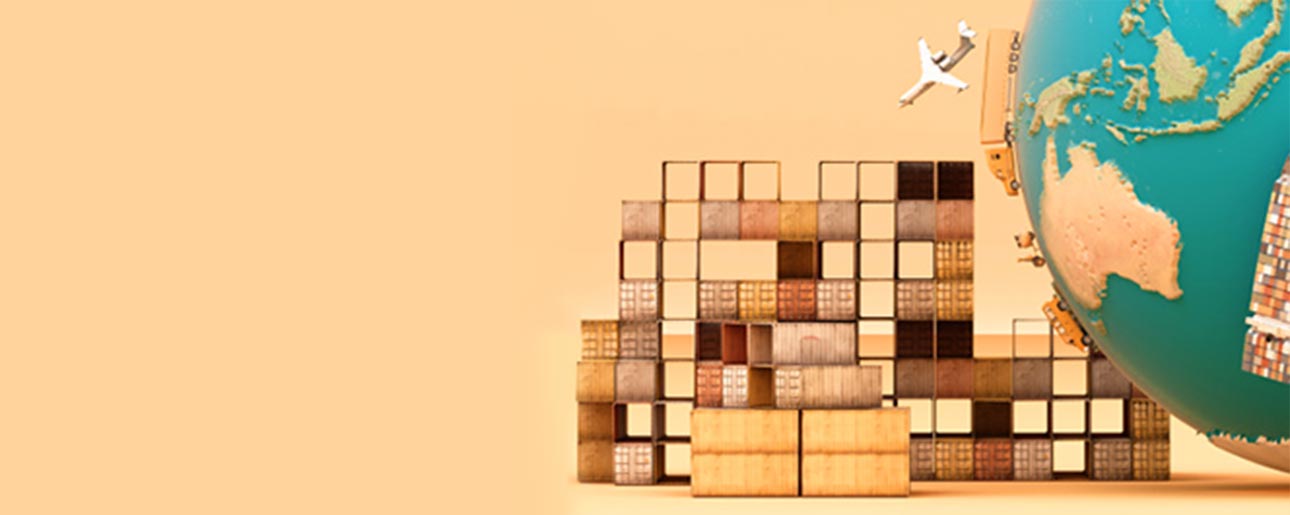
What Is the Import export process and Stages in Customs?
What Is the Import export process and Stages in Customs?
1- Read the rules and regulations of exporting goods in your country and importing in the destination country
Import export process: Information on the latest laws and regulations regarding (export goods) is very important. These laws consist of two groups: laws and regulations of the exporting country and laws and regulations of the importing country.
Read This Article About export goods
Awareness of the latest criteria in the field of export, including such things as, prohibition of export or import of goods, obligation to obtain and submit licenses for export and import, method of obtaining the necessary licenses for export, requirement to obtain specialized standards and licenses such as health, animal and plant licenses, Export and import tariffs and taxes on goods, export and import restrictions with some countries and companies due to sanctions or blacklists and criteria for buying and carpeting goods in the destination country and….
It is very important to be aware of these cases and not being aware of them in export steps can cause irreparable damage. Therefore, it is important to use specialized consultants in these areas.
Keep Reading About import export process
2- You can use the following methods to know the latest laws and regulations of the destination country:
– Check the customs site of the destination country and view the goods information based on HS classification
– Check out the global site http://tariffdata.wto.org
– Ask potential buyers for advice on the latest import rules and regulations
– Use of consultants and clerics in the destination country who are aware of the rules and regulations
– Request guidance from the Iranian Chamber of Commerce with other countries or chambers of commerce in destination countries
– Request guidance from business advisers based in the destination country
– Searching in Internet
3- Some of the standards and information resources for reviewing them are given below
- External standards and certifications of WTO member countries
WTO member countries are required to report all proposed technical regulations that may affect trade with other member countries under the Technical Barriers to Trade Agreement (TBT).
- Special agricultural requirements and certificates
Agricultural exports require a number of unique documents from the exporting country and the destination country.
- European Marking Guide CE
CE marking and certification is required for goods manufactured in the European Union. It is recommended that you consult an expert consultant as to whether or not your product requires a CE marking and how it can be obtained.
- China Compulsory Certificate (CCC Mark)
CCC marking and certification is required on many manufactured goods in China.
- ISO standards
The International Organization for Standardization, commonly known as ISO, is an international standardization organization composed of representatives of national standardization organizations in various countries.
- Packaging and recycling rules
Many countries have packaging and recycling laws that affect Iranian exporters.
4- Check the tariffs and taxes in the target country
To search for import tariffs, you need to visit the World Trade Organization website based on the Harmonized Commodity Description and Coding System (HS) code . If the class code or the HS do not have a good product, just to consultants customs clearance and consultants export and import right.
Your transport operator may be able to help you find applicable tolls and taxes in overseas markets.
Keep in mind that the tariff is received based on the customs value of the goods.
How the customs value is calculated?
In Iran, the customs value is the SAIF 1 price (the cost of purchasing goods at the source plus insurance, transportation and shipping costs) and all costs related to opening a credit or deposit, as well as the right to use map, model and trademark points. Other similar rights related to the goods and other expenses to which the goods are assigned until entering the first customs office, which are determined from the purchase list (commercial invoice) or other delivery documents of the owner of the goods and based on exchange rates and equities announced by the Central Bank Iran will be on the day of submission of the declaration. At present, the export tariff in Iran is zero for most commodity groups.
5- Information sources View tariffs and import regulations
https://ftaportal.dfat.gov.au/
WTO Tariff Download Center
http://tariffdata.wto.org
Tariff classification based on how the
- value tariff is received :The customs tariff may be based on the value of the goods, in which case it is called a value tariff. In this method, the customs duties and taxes of the goods or its tariff constitute a percentage of the value of the goods to be paid to the customs.
- Fixed tariff:Customs tariff is sometimes imposed based on the amount of goods (weight or number).
- Composite tariff :Customs tariff is received in some cases based on a combination of two methods of value tariff and fixed tariff.

